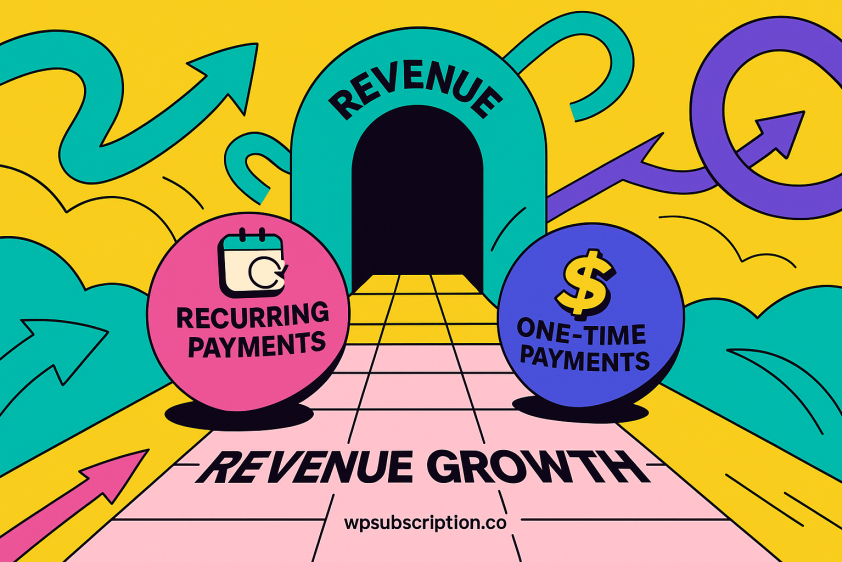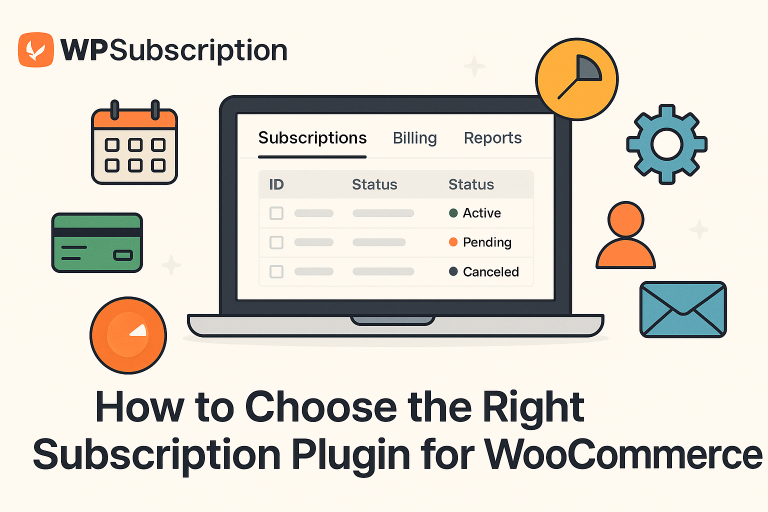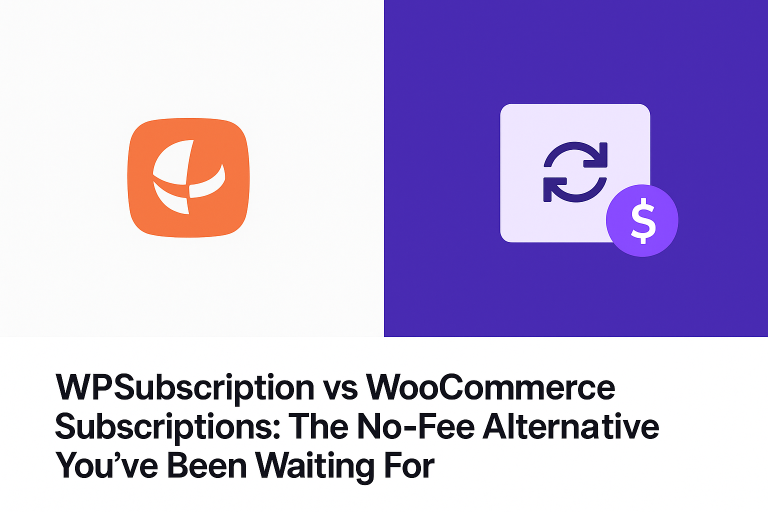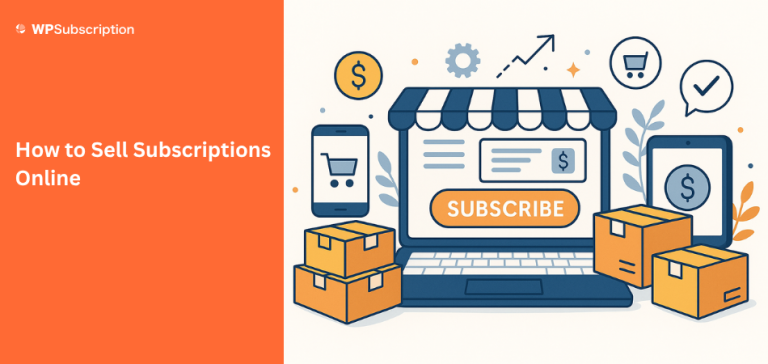When launching an eCommerce store with WooCommerce, one of the most important decisions you’ll make is choosing your payment model: Recurring payments or One-time payments. This choice directly affects your revenue stability, customer relationships, and operational complexity.
In this guide, we will break down the differences between WooCommerce recurring payments and one-time payments using real-world facts and digital product examples.
You will learn when to use each model, how to implement them effectively, and what to avoid along the way.
By the end, you will have a clear strategy for choosing the payment structure that sets your store up for success.
Table of Contents
What Are WooCommerce Recurring Payments?
WooCommerce Recurring Payments mean your customers agree to pay you automatically at set intervals like monthly, quarterly, or yearly.
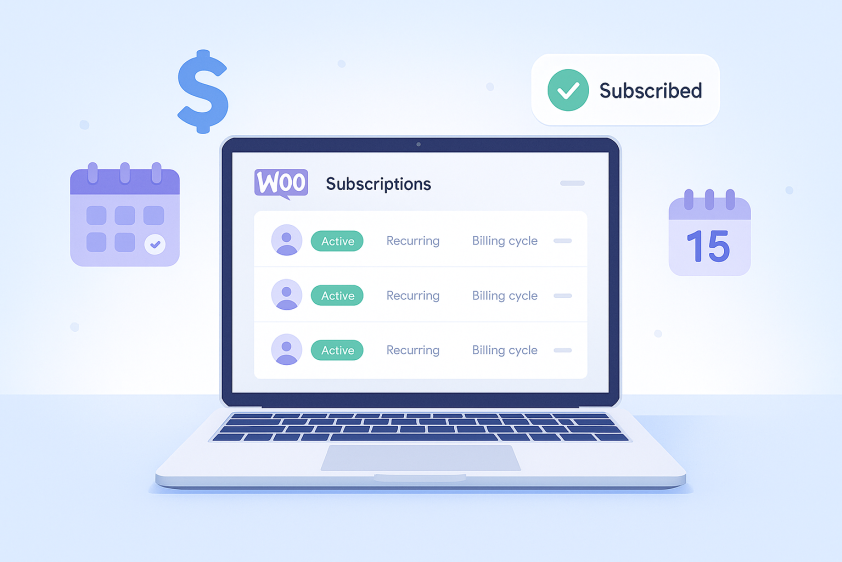
This model is ideal if you sell:
- Online courses or learning memberships
- Software as a Service (SaaS) products
- Premium newsletter subscriptions
- Digital tools and templates
- Cloud storage or web hosting services
With plugins like Subscriptions for WooCommerce, you can set up recurring billing easily. Customers are billed automatically, giving you steady and predictable income.
Real Example:
You sell an online course platform where users pay $29 per month for unlimited access to new classes. Instead of purchasing each course separately, customers subscribe once and enjoy continuous access while you earn monthly recurring revenue.
When comparing WooCommerce Recurring Payments vs One-Time, this setup clearly favors long-term income stability.
What Are One-Time Payments?
One-time payments mean the customer pays once when purchasing a digital product. After that, there are no further charges unless they decide to buy again.
This model fits well for:
- eBook sales
- Single downloadable templates
- One-off software licenses
- Graphic design bundles
- Paid webinars or virtual event tickets
It is simple and easy to set up in WooCommerce. The customer buys, downloads, and the transaction is complete.
Real Example:
You sell a premium WordPress theme for $79. Customers pay once, download the theme, and that is the end of the transaction. If they want another theme later, they need to make another purchase.
When you look at WooCommerce Recurring Payments vs One-Time in this case, one-time payments are faster to implement but may not provide consistent income.
Comparison: WooCommerce Recurring Payments vs. One-Time
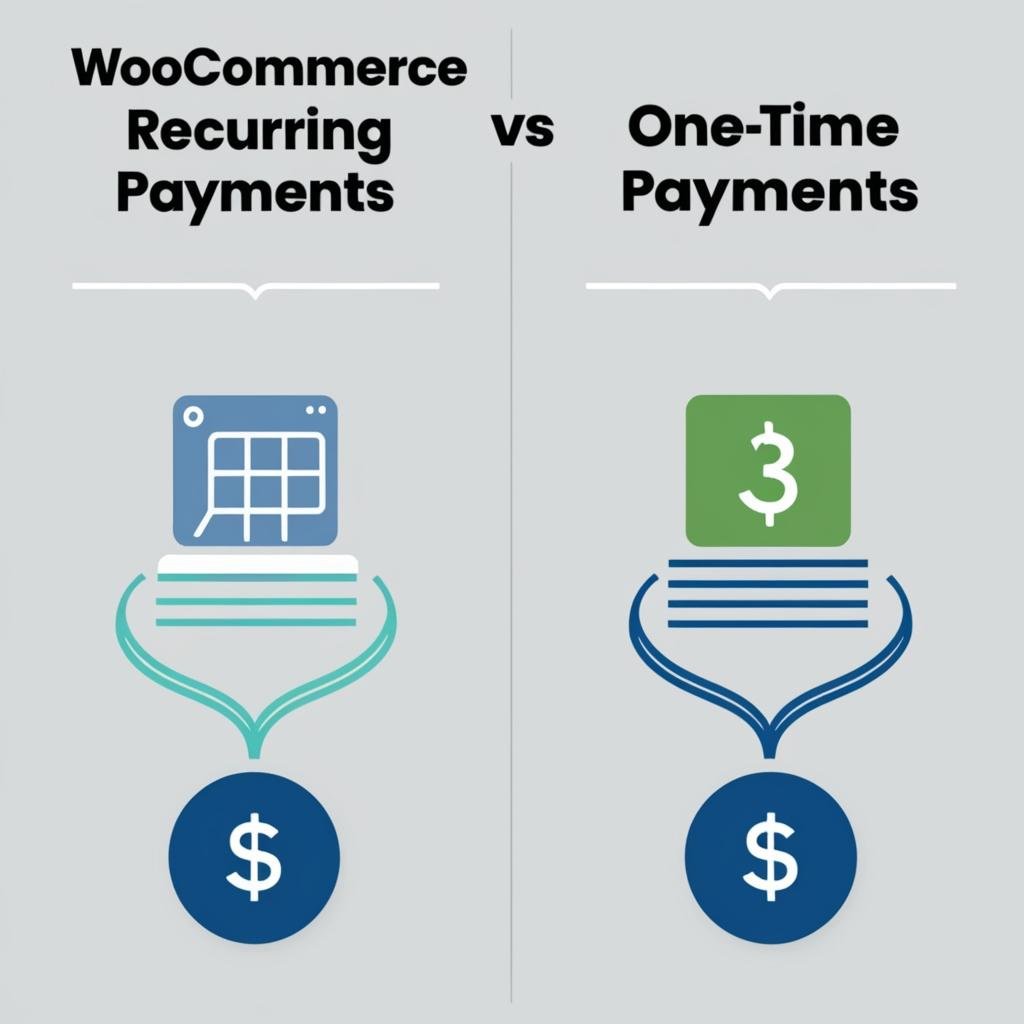
| Feature | Recurring Payments | One-Time Payments |
|---|---|---|
| Revenue Predictability | High | Low |
| Customer Lifetime Value (CLV) | Higher | Lower |
| Implementation Complexity | Higher | Lower |
| Customer Commitment | Ongoing | Short-term |
| Refund Risk | Typically lower | Higher in impulse buys |
| Marketing Focus | Retention & relationship-building | Acquisition-heavy |
Revenue Potential: Which Makes More Money?
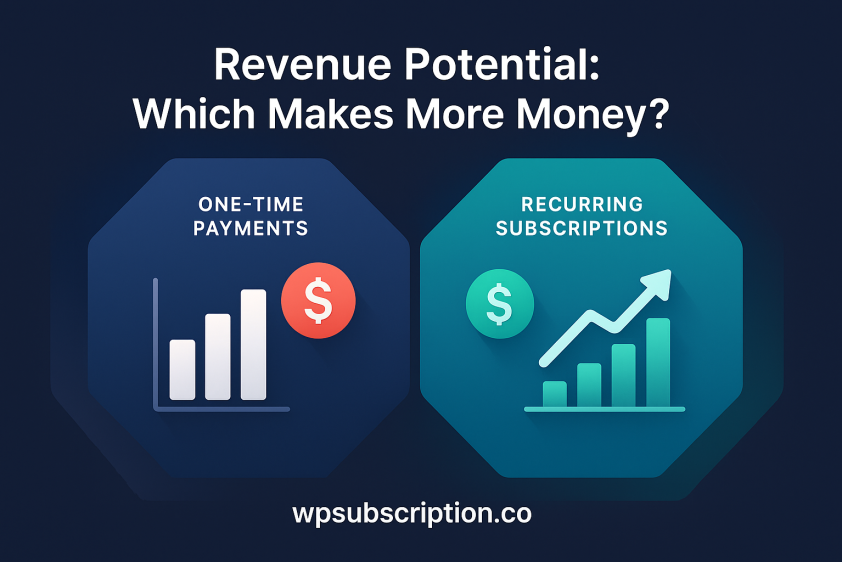
Comparing WooCommerce Recurring Payments vs One-Time revenue models shows a clear winner for long-term growth.
According to Zuora, subscription businesses grew five times faster than companies relying on one-time sales. A small monthly fee can quickly snowball into big numbers:
For example:
$15 per month from 500 users = $7,500 per month = $90,000 per year.
On the other hand, one-time payments can bring sudden spikes in sales during product launches, but without a strong re-marketing strategy, it is hard to maintain steady income.
WooCommerce Recurring Payments offer businesses the advantage of predictable monthly revenue, making planning and scaling much easier.
Customer Retention: Who Keeps More Customers?
When evaluating WooCommerce Recurring Payments vs One-Time, customer retention is a key factor.
With recurring payments, customers continue receiving value without needing to take action. This builds loyalty and increases lifetime value. Harvard Business Review found that improving retention by just 5 percent can boost profits by up to 95 percent.
Subscriptions for digital products like premium stock photos, membership sites, or SaaS platforms keep customers engaged and connected to your brand for longer.
One-time customers, however, may buy once and never return unless you invest in re-engagement through email marketing, ads, or promotions.
Implementation Ease: Which Is Easier to Set Up?
WooCommerce Recurring Payments vs One-Time setup processes differ in complexity.
One-time payments are simple:
- Add your digital products to WooCommerce
- Set a price
- Connect a payment gateway
- Start selling immediately
There are no renewals, billing cycles, or account management needed.
Recurring payments take more effort:
- Install a plugin like WooCommerce Subscriptions
- Configure billing intervals and trial periods
- Set up renewal reminders and failed payment handling
- Offer easy cancellation options
Although setting up WooCommerce Recurring Payments requires more time upfront, the long-term benefits often outweigh the initial effort, especially if you plan to sell digital products that deliver ongoing value.
Use Case Scenarios: Which Model Works Where?
✅ Use Recurring Payments If:
- You offer continuous value (e.g., software updates, new content).
- Your business relies on long-term client relationships.
- You want predictable revenue each month.
Example:
A content creator launching a private learning community can use WooCommerce Subscriptions to charge members monthly for access to exclusive webinars and forums.
✅ Use One-Time Payments If:
- You sell standalone or limited-use products.
- Your customer buying cycle is infrequent.
- Your operations don’t support monthly fulfillment or service delivery.
Example:
A digital artist selling high-resolution illustration packs can collect a one-time payment per product, with customers buying as needed.
How to Set These Models Up in WooCommerce
For Recurring Payments:
Use plugins like:
- Subscriptions for WooCommerce
- WooCommerce Subscriptions
- YITH WooCommerce Subscription
You’ll need:
- A payment gateway that supports subscriptions (e.g., Stripe or PayPal).
- Clear cancellation policies and automated renewal systems.
For One-Time Payments:
Use WooCommerce’s core features with simple product listings.
- Include optional upsells or bundles to increase AOV (average order value).
- Add urgency tactics (limited-time offers, countdowns) to encourage quick purchases.
Decision-Making Framework
Ask yourself:
- Do I provide ongoing value or access?
- Is long-term revenue more critical than short-term spikes?
- Can I manage ongoing support and delivery?
- Do my customers expect flexible commitment or one-off transactions?
If you answered “yes” to most of these regarding long-term value, recurring payments are likely your path. Otherwise, stick with one-time payments — or even consider a hybrid model.
Pro Tip: Combine Both Models
Offer:
- A one-time payment option for full-lifetime access.
- A recurring subscription with a lower monthly price and bonus content.
This lets customers choose their commitment level and increases conversion chances.
FAQs
Is Subscriptions for WooCommerce offer free versions?
Yes, Subscriptions for WooCommerce offer free version, for advanced feature you need to have pro plans.
Can I switch from one model to another later?
Yes! WooCommerce allows flexibility to change pricing strategies as your business evolves.
What if a customer wants to cancel a subscription?
You can automate cancellation options and notify users in advance of renewals using subscription management settings.
Do I need a different payment processor for subscriptions?
Not necessarily, but ensure your payment gateway (like Stripe or PayPal) supports recurring billing.
Final Thoughts
Choosing between WooCommerce Recurring Payments vs One-Time is a big decision that shapes how your online business grows.
If you want steady, reliable income and deeper customer relationships, recurring payments are the smart choice.
If you want a faster, simpler sales model with less complexity, one-time payments might be better suited.
The great news is WooCommerce gives you the tools to do either or both depending on your needs.
Think carefully about your digital products, your customers’ habits, and your growth goals.
Make the right choice today and build a business that thrives tomorrow.
